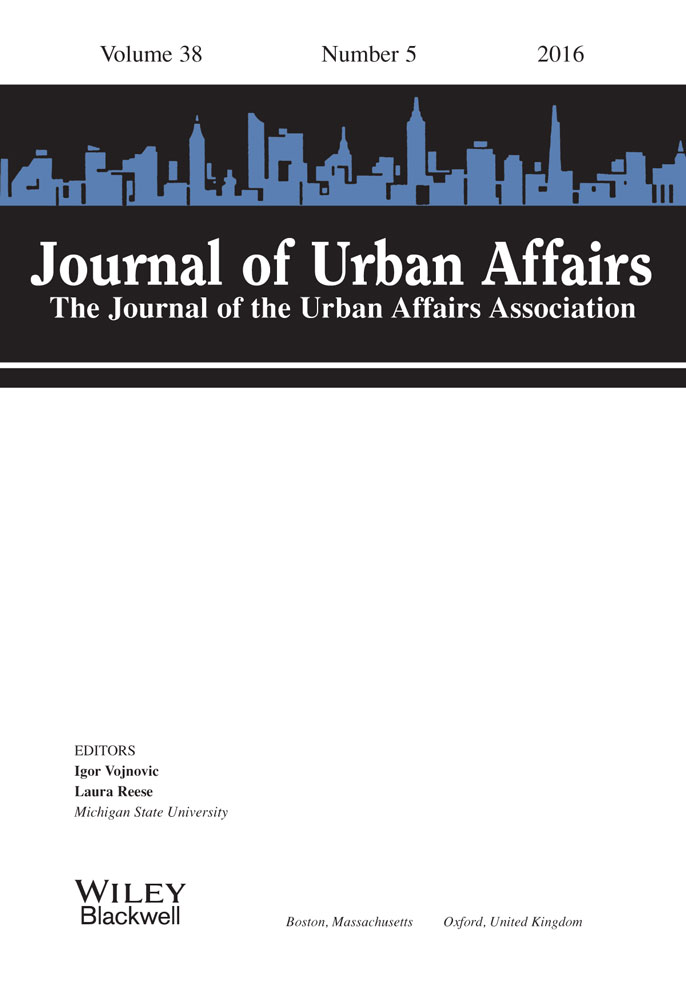Housing Consumption and Residential Crowding in U.S. Housing Markets
Abstract
As families progress through the life cycle they generate different needs for housing space. The ability to satisfy these needs is clearly dependent on income, but at the same time it is affected by changes in household composition. The aggregate outcomes of the individual ability to adjust housing needs can be seen as a measure of the success of the housing market. This article examines changes in housing space consumption in the United States in the last two and a half decades at both the individual level and in aggregate outcomes. The research uses the data from the Panel Study of Income Dynamics to explore the relationship of housing consumption to income, and the overall success of the adjustment process. Despite the concerns about housing affordability and income polarization in large metropolitan housing markets, the US housing market as a whole, as measured by crowding and roomstress, is continuing to provide a wide range of paths to increased consumption. At the same time the research shows that there is greater pressure on housing consumption in markets with substantial recent immigration.




